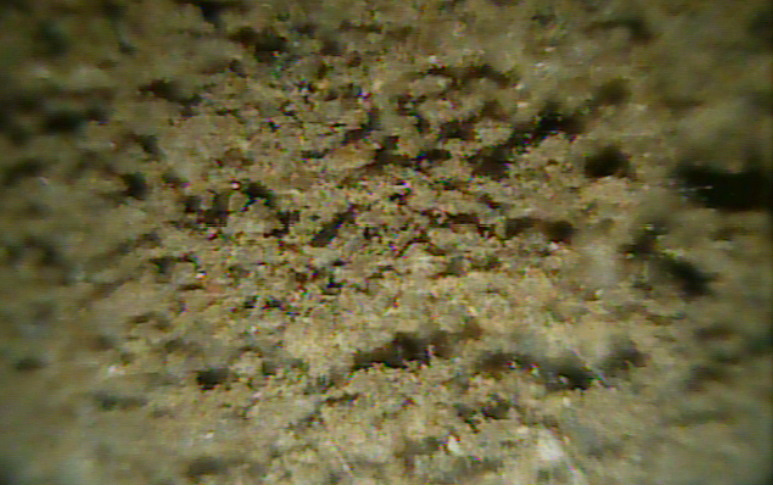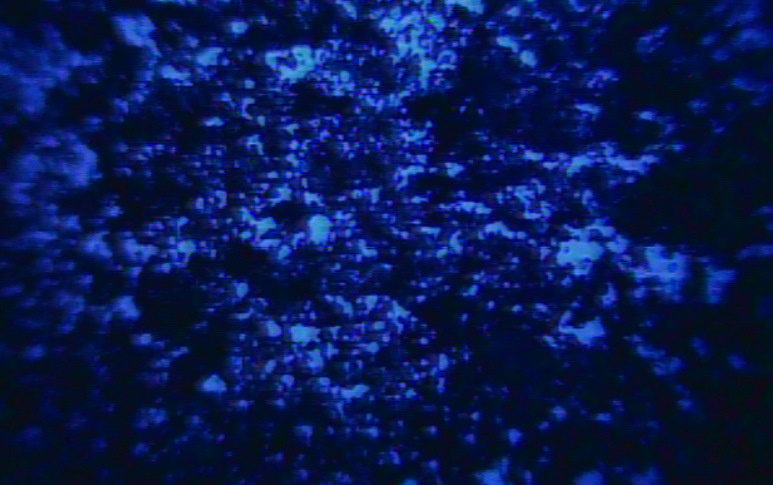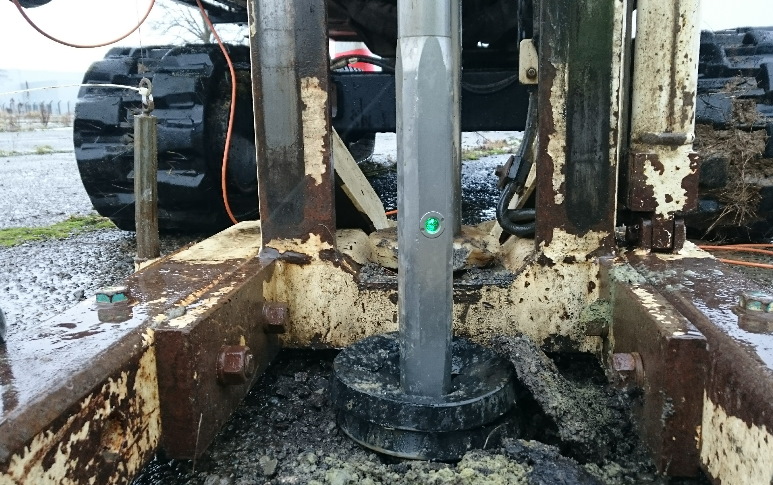MIP measurements with compact Geoprobe make indoor HRSC investigation possible at locations with limited space.
Want to detect and map the presence and distribution of fuels or oils (NAPLs or Non-Aqueous Phase Liquids)? That’s where our Optical Image Profiler (OIP) comes in. This advanced direct-push instrument uses high-resolution detection to create detailed vertical profiles of fuel and oil in the subsurface.



The OIP probe uses UV light , projecting it into the soil through a robust sapphire window. The probe is pushed deeper into the ground using a drilling rig, building a depth profile of any detected contamination along the way:
Additional sensors in the OIP probe, such as those for electrical conductivity (EC) and hydraulic permeability (HPT), provide information on soil stratigraphy.
By combining EC and HPT data with OIP results, we reveal the relationship between soil properties and the behavior and distribution of contamination.
The OIP is an efficient and accurate method for characterizing soil and groundwater contamination. With this innovative technology, you gain immediate insights into the extent and distribution of contamination, enabling better risk management and more effective remediation projects.